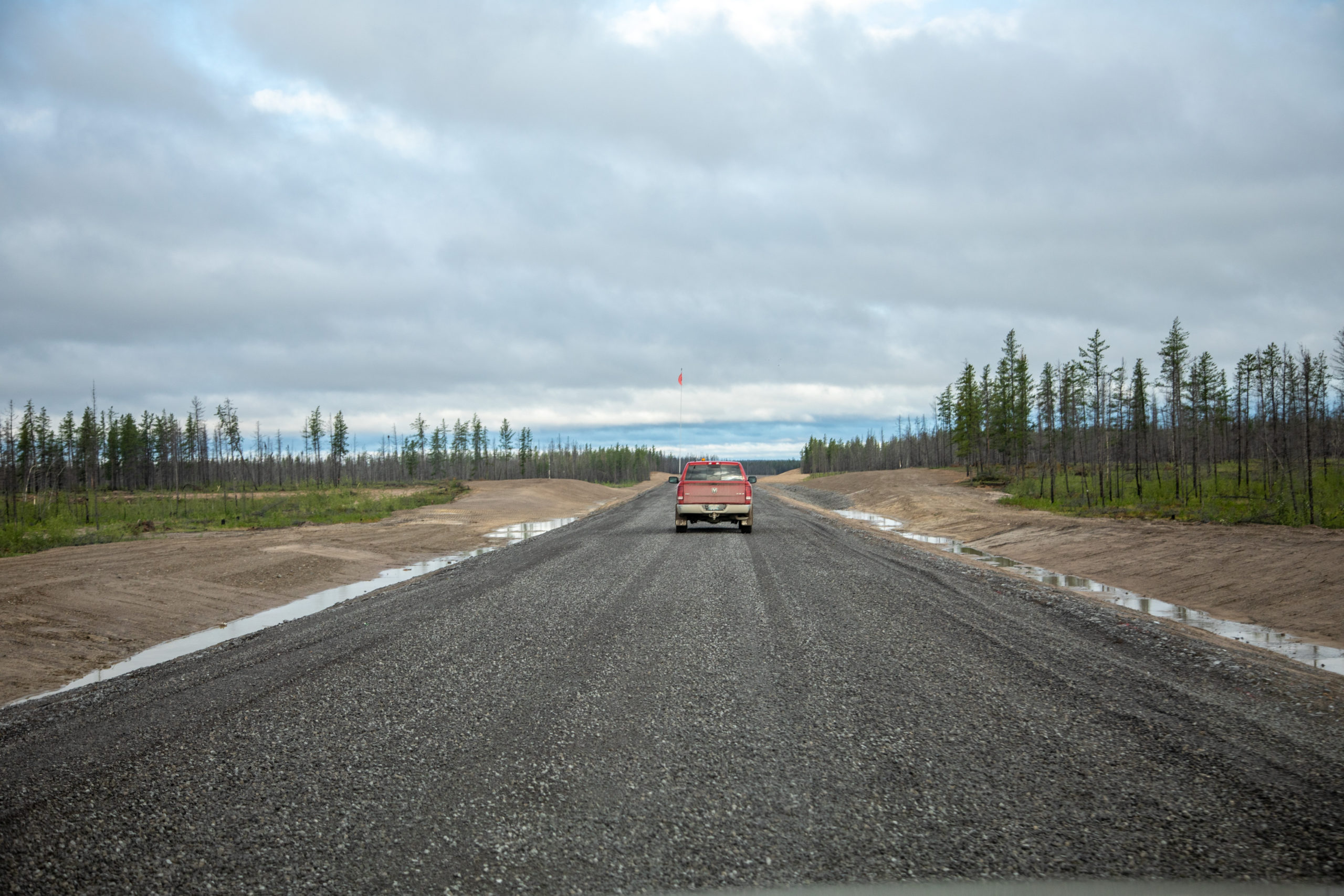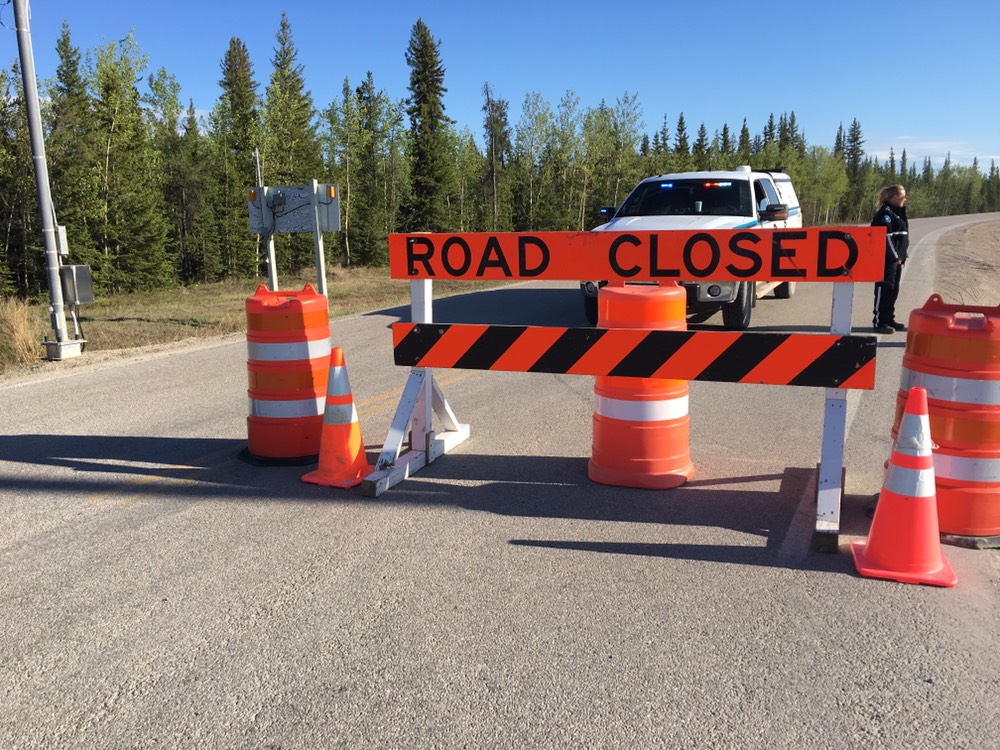Numbers for collisions on NWT’s roads continued to drop in 2019, according to the latest numbers.
Since 2008, the total number of collisions has been declining along with the number of persons sustaining injuries, according to the NWT Collisions report for 2019. The number of collisions dropped from 550 in 2018 to 535 in 2019.
The number of injuries also dropped from 100 to 77 people injured, which is more than a third lower than 2017’s numbers.
Fatalities in car accidents were up to six, from two in 2018. The number of fatal collisions was also up, four in 2019 compared to two in 2018. But because of the small sample size, the report says this is not indicative of a trend, and just part of the fluctuating numbers from year to year.
NWT is below the national average in both number of injuries in car collisions per 100,000 people and number of fatalities in car collisions, with the second lowest rate of fatalities in car collisions in countries — Ontario was the lowest, according to Statistics Canada.
NWT was also the second lowest in terms of number of injuries caused by car collisions per 100,000 people — Nunavut was the lowest.
Most of the collisions took place in the North Slave Region, with 64 per cent of collisions taking place there, while the North Slave Region also accounted for 55% of persons injured.
Backing unsafely was the biggest cause of accidents on NWT Highways, with more than a fifth of all accidents caused by that. In total, the report says driver error accounts for 70.5 per cent of all factors in collisions
The Department of Infrastructure cautioned drivers about the increase of trucks on NWT roads during the winter season. In a statement, they also advised driver’s check the weather before and tell someone about their planned route, especially if they are driving long distances.
“As cellular coverage is limited along some sections of NWT highways, drivers are encouraged to plan their route in advance and keep someone informed of their travel plans, especially when travelling between communities or far distances,” the infrastructure department said in an email.
Finance minister Caroline Wawzonek said there is an expression of interest currently out to expand cellular service on a stretch of highway between Behchoko and Yellowknife, but couldn’t commit to expanding wireless service more widely.
“Would that it be so easy? I cannot make that commitment at this point,” she said. “Again, it’s not lost on me, the aspect of safety, and it’s not lost on me the costs or the fact that we are behind coverage compared to the rest of Canada.”
The statement added people should bring the following items with them when going on long drives.
These include a two-way radio or satellite phone, a headlamp or flashlight, sand to help with tire traction, a first-aid kit and fire extinguisher, a winter-rated sleeping bag and reflective clothing, among other items.






